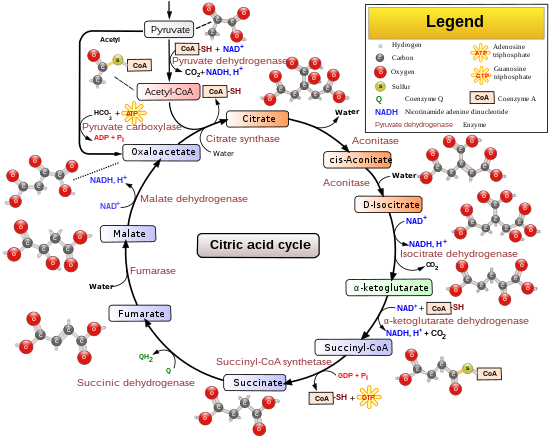User talk:YassineMrabet
Welcome!
[edit]Hello, YassineMrabet, and welcome to Wikipedia! Thank you for your contributions. I hope you like the place and decide to stay. Here are a few links to pages you might find helpful:
- Introduction and Getting started
- Contributing to Wikipedia
- The five pillars of Wikipedia
- How to edit a page and How to develop articles
- How to create your first article
- Simplified Manual of Style
You may also want to complete the Wikipedia Adventure, an interactive tour that will help you learn the basics of editing Wikipedia. You can visit the Teahouse to ask questions or seek help.
Please remember to sign your messages on talk pages by typing four tildes (~~~~); this will automatically insert your username and the date. If you need help, check out Wikipedia:Questions, ask me on my talk page, or , and a volunteer should respond shortly. Again, welcome! --Darwinek (talk) 14:28, 17 November 2017 (UTC)
Your submission at Articles for creation: Phthalimidoperoxycaproic acid has been accepted
[edit]
You are more than welcome to continue making quality contributions to Wikipedia. If your account is more than four days old and you have made at least 10 edits you can create articles yourself without posting a request. However, you may continue submitting work to Articles for Creation if you prefer.
- If you have any questions, you are welcome to ask at the help desk.
- If you would like to help us improve this process, please consider .
Thank you for helping improve Wikipedia!
-- Ed (Edgar181) 23:55, 6 September 2019 (UTC)Suggestions
[edit]As a new editor, here are some suggestions:
- Editors here do not like patents as sources. They are viewed as unreliable and nearly inaccessible. The best sources are books and review articles.
- Please omit English from artwork. The words can go into the caption. Removing English means that other languages can use the artwork.
- Wikipedia avoids giving instructions or detailed methodology. That A + B gives C is usually enough. Solvent, temp, etc are not of encyclopedic interest, usually.
Good luck and feel free to ask around.--Smokefoot (talk) 12:17, 15 November 2019 (UTC)
Featured picture scheduled for POTD
[edit]Hey there!
This is to let you know that File:Citric_acid_cycle_with_aconitate_2.svg, a featured picture you uploaded or nominated, has been selected as the English Wikipedia's picture of the day (POTD) for August 25, 2022. A preview of the POTD is displayed below and can be edited at Template:POTD/2022-08-25. If you have any concerns, please place a message at Wikipedia talk:Picture of the day. Thank you! Adam Cuerden (talk)Has about 7.8% of all FPs 13:45, 23 May 2022 (UTC)

|
|
The citric acid cycle, also known as the TCA cycle (tricarboxylic acid cycle) or the Krebs cycle, is a series of chemical reactions to release stored energy through the oxidation of acetyl-CoA derived from carbohydrates, fats, and proteins. In addition, the cycle provides precursors of certain amino acids, as well as NADH, a reducing agent, which are used in numerous other reactions. Its central importance to many biochemical pathways suggests that it was one of the earliest components of metabolism and may have originated abiogenically. The German-born British biochemist Hans Krebs received the 1953 Nobel Prize in Physiology or Medicine for his identification of the cycle in 1937. The name of this metabolic pathway is derived from citric acid, which is consumed and then regenerated by this sequence of reactions to complete the cycle. The cycle consumes acetate (in the form of acetyl-CoA) and water, and reduces NAD+ to NADH, releasing carbon dioxide. The NADH generated by the cycle is fed into the oxidative phosphorylation (electron transport) pathway. The net result of these two closely linked pathways is the oxidation of nutrients to produce usable chemical energy in the form of adenosine triphosphate. These processes are depicted in this overview diagram of the citric acid cycle. Diagram credit: YassineMrabet; edited by Narayanese and TotoBaggins; vectorized by WikiUserPedia
Recently featured:
|
